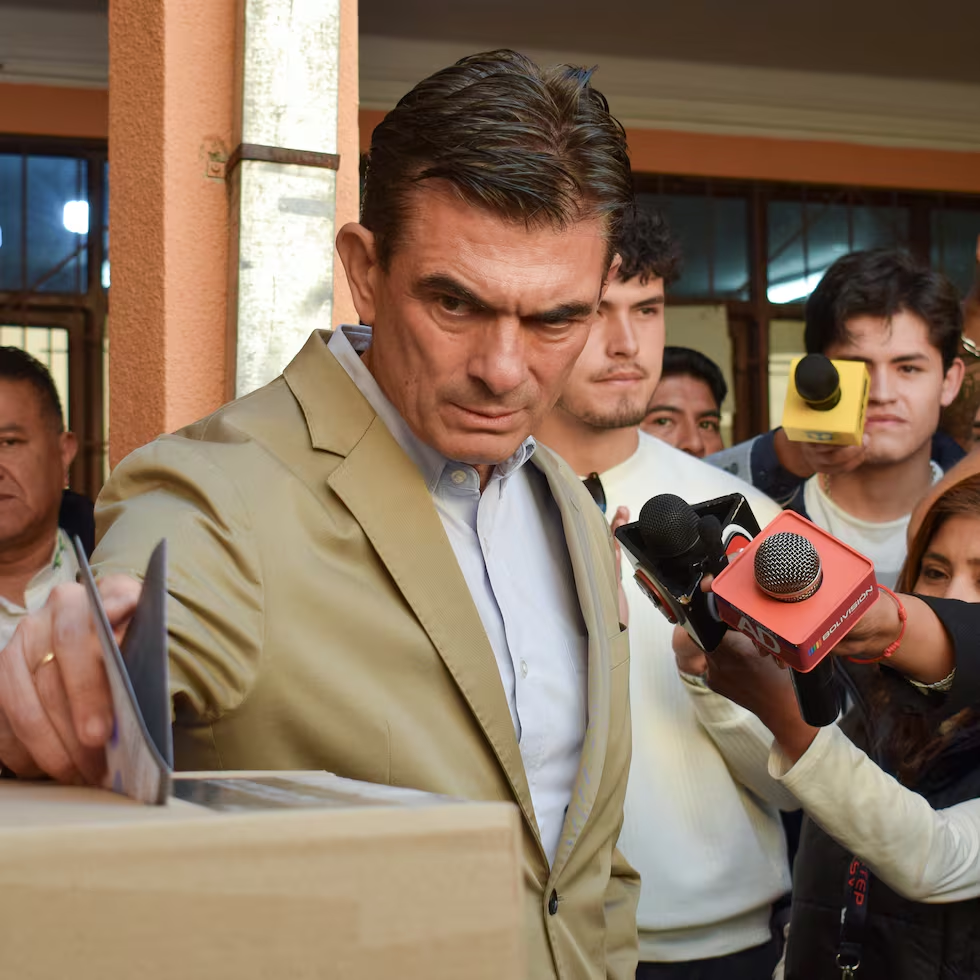
According to reports, Bolivia’s new president has put blockchain at the center of a plan to cut corruption and raise transparency in government finances.
Rodrigo Paz Pereira, who won the runoff that ended nearly two decades of rule by the Movement for Socialism, has made clean government a clear promise. He says modern ledgers can make money flows harder to hide.
Blockchain Plan For Transparency
Paz’s team is proposing the use of distributed ledgers for key public processes, including procurement and the tracking of public funds.
Based on reports, the Central Bank of Bolivia relaxed a previous ban on cryptocurrencies in June 2024, a move that has opened the door for banks and fintechs to work with digital assets while keeping the boliviano as the official currency.
Crypto activity in the country has grown sharply. Reported figures show crypto transactions rising from about $46.5 million in the first half of 2024 to roughly $294 million in the same period of 2025, a more than 500% jump in volume that has grabbed the attention of regulators and lawmakers.
Why The Push Matters
Supporters say blockchain will add a public, tamper-resistant record to budgets and contracts, which could make it harder for officials to hide graft.
Critics warn that technology alone won’t fix weak institutions. They argue that audits, strong oversight and clear rules are still needed for any system to work.
Reports have disclosed that the new administration is exploring pilot projects and international cooperation to build capacity, including ties with other countries that already use blockchain tools in some government functions.
International Links And Local Caveats
Bolivia has been seeking outside help. Based on reports, officials signed a memorandum of understanding with partners abroad to share regulatory ideas and technical know-how.
That exchange could speed up implementation. At the same time, analysts note that rapid growth in crypto use raises its own challenges, such as consumer protection and money-laundering risks that must be managed.
The Central Bank’s move to allow crypto interactions through formal banking channels was intended to reduce informal activity, but regulators now face new work in supervision and enforcement.
Implementation details remain thin. Reports say pilot programs are likely to come first, focusing on a few government services before broader rollout.
Success will depend on how public agencies adopt the tools, how clearly rules are written, and whether independent audits are used to check results.
If the pilots expose gaps, they will be revised. If they work, the government could expand the approach to more areas.
Featured image from El Pais/STR EFE, chart from TradingView


















